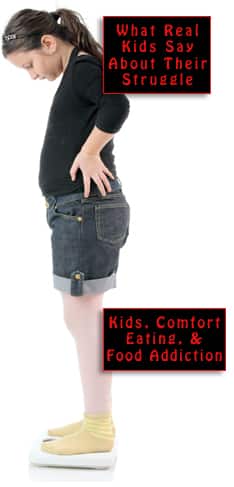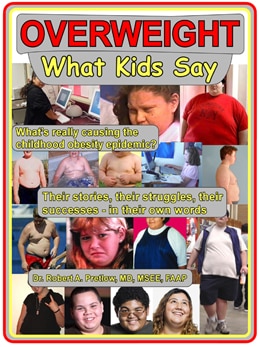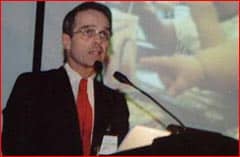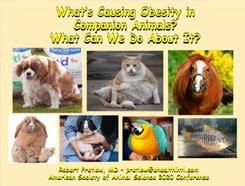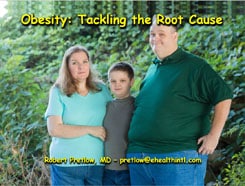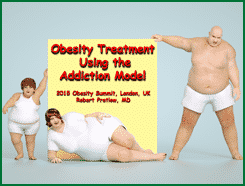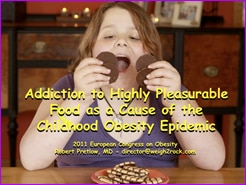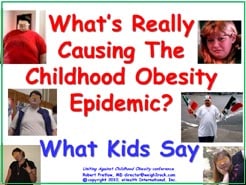Coronavirus Chronicles — Between the Devil and the Deep Blue Sea

It seems as if everyone has something to say about the mutual aggravation society formed by obesity and the coronavirus. By the end of 2020, almost half of American adults (42%) were obese. Since 1975, worldwide obesity has tripled. Also worldwide, observers have noticed the association between obesity and the disturbingly fatal virus.
For Japan Times, for instance, journalist Tiffany May wrote,
Obesity has also emerged as a major indicator of the severity of coronavirus symptoms in patients with both diseases. A recent study from China that analyzed a group of 112 COVID-19 patients found that of the 17 patients who died, 15 were either overweight or obese.
Last month, there was the Centers for Disease Control report that mentioned how the biggest jumps in weight gain during the COVID-19 pandemic are seen among “younger school-aged children and those who were already prone to obesity.” None of this is surprising to readers of Childhood Obesity News, but here goes: a recent International Journal of Obesity piece reiterated:
With 158,000,000 affected children, childhood obesity is a pandemic on its own. It is related to many comorbidities like hypertension, impaired glucose metabolism, and even cancer or depression; an earlier onset is often related to more severe sequelae. Moreover, in the context of COVID-19, obesity increases the likelihood of severe disease progression, even in children. With more than 500,000,000 children affected by the COVID-19-induced measures, even minor effects can cause a tremendous aggravation of the childhood obesity pandemic.
Again and again, health authorities point out how the two pandemics exacerbate each other’s effects. When researchers looked at average statistics about children over the previous 15 years before COVID arrived on the scene, and compared them with more recent numbers, they found “a substantial weight gain across all weight and age groups… Alarmingly, both the long-term and the short-term effects were most pronounced in the obese subgroup.”
As we have learned, many of the measures society takes to protect children from the virus can paradoxically make them more vulnerable and end up worsening the problem by causing even more obesity.
In a way, all this awareness of the link is a drawback, because resisters and deniers use the early evidence to sell the myth that only obese people get COVID. They imply that if the slackers would only live slim, healthy lives, this wouldn’t be a problem. (Some say the quiet part out loud: “So it’s kind of, you know, their own fault.”)
And if someone desperately wanted to lose weight in hopes of avoiding the virus, what are they supposed to do? Virginia Sole-Smith wrote,
Even if the science eventually shows a more concrete link between weight and Covid-19 complications, nobody can lose weight fast enough to make sure they don’t catch the virus at the grocery store today.
It’s not as if every obese person will experience a lightning bolt of revelation and say, “Thanks for the hot tip! Since you tell me I’m at greater risk of catching the virus, I’ll just snap my fingers and reverse a lifelong trend and drop 50 or 100 pounds.”
Your responses and feedback are welcome!
Source: “Influencers may face fines as China tackles obesity and food waste,” JapanTimes.co.jp, 12/25/20
Source: “Children And Teens Gained Weight At An Alarming Rate During The Pandemic, The CDC Say,” NPR.org, 09/17/21
Source: “Age- and weight group-specific weight gain patterns in children and adolescents during the 15 years before and during the COVID-19 pandemic,” Nature.com, 09/23/21
Source: “How Fatphobia Is Leading to Poor Care in the Pandemic,” Medium.com, 01/10/21
Images by Sophie and Gael Varoquaux/CC BY 2.0










 FAQs and Media Requests:
FAQs and Media Requests: 